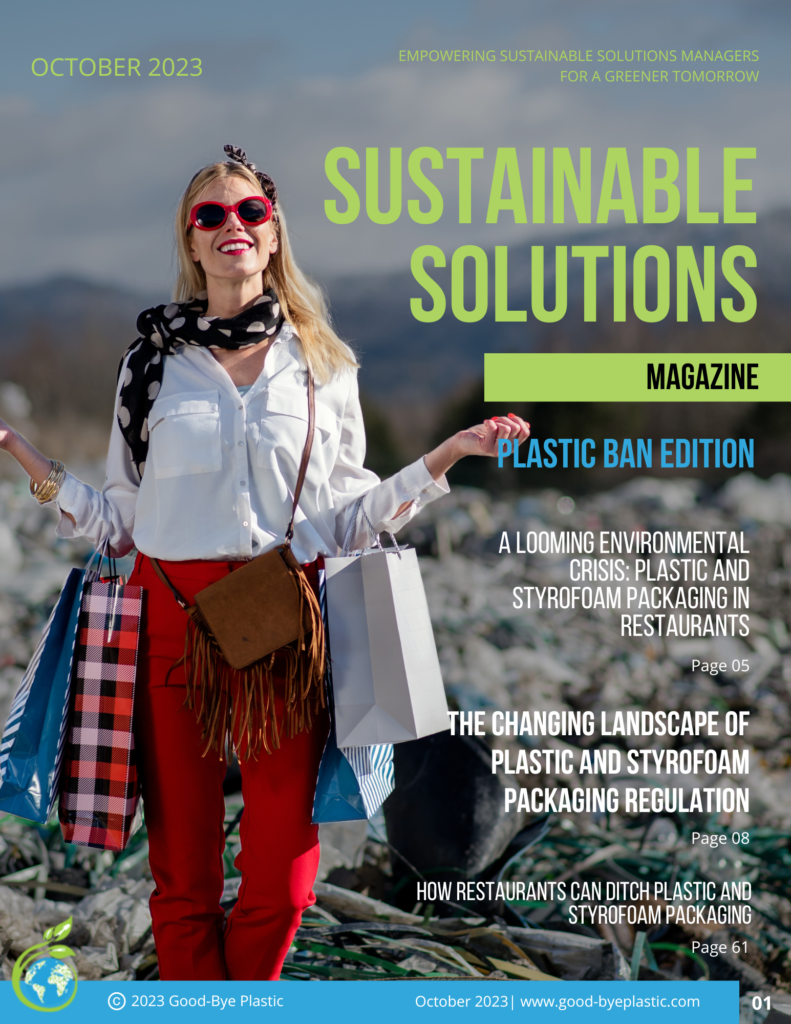Eco-Friendly Sugarcane Based Packaging
Sugarcane packaging refers to packaging materials and products crafted from the fibrous residue known as bagasse, which is derived from sugarcane plants (scientifically known as Saccharum Officinarum). This eco-friendly material is abundantly sourced from sugarcane, predominantly grown in regions with a suitable climate like tropical and subtropical areas worldwide. Its versatility and positive environmental impact make it a preferred choice for eco-conscious individuals, businesses, and industries alike.

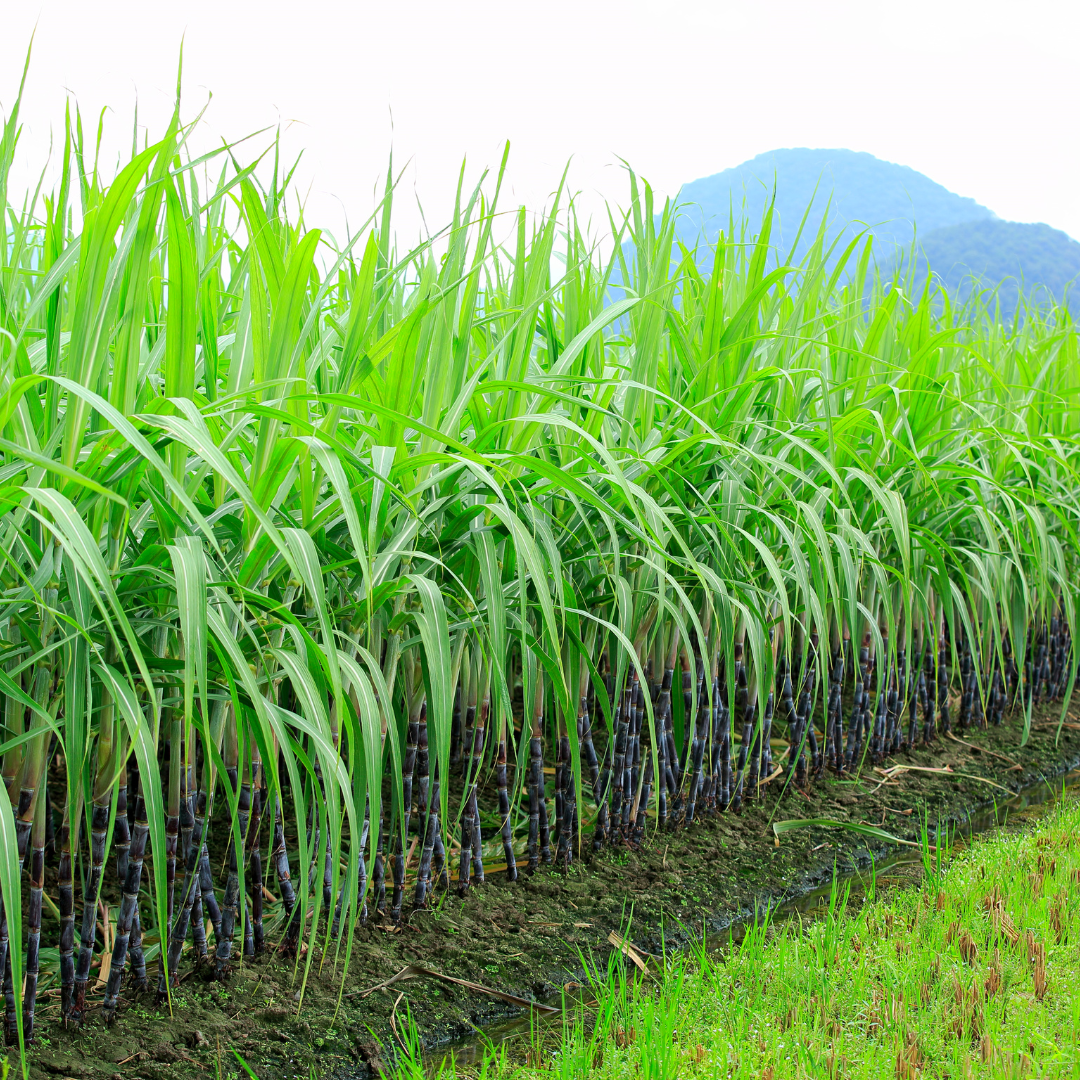
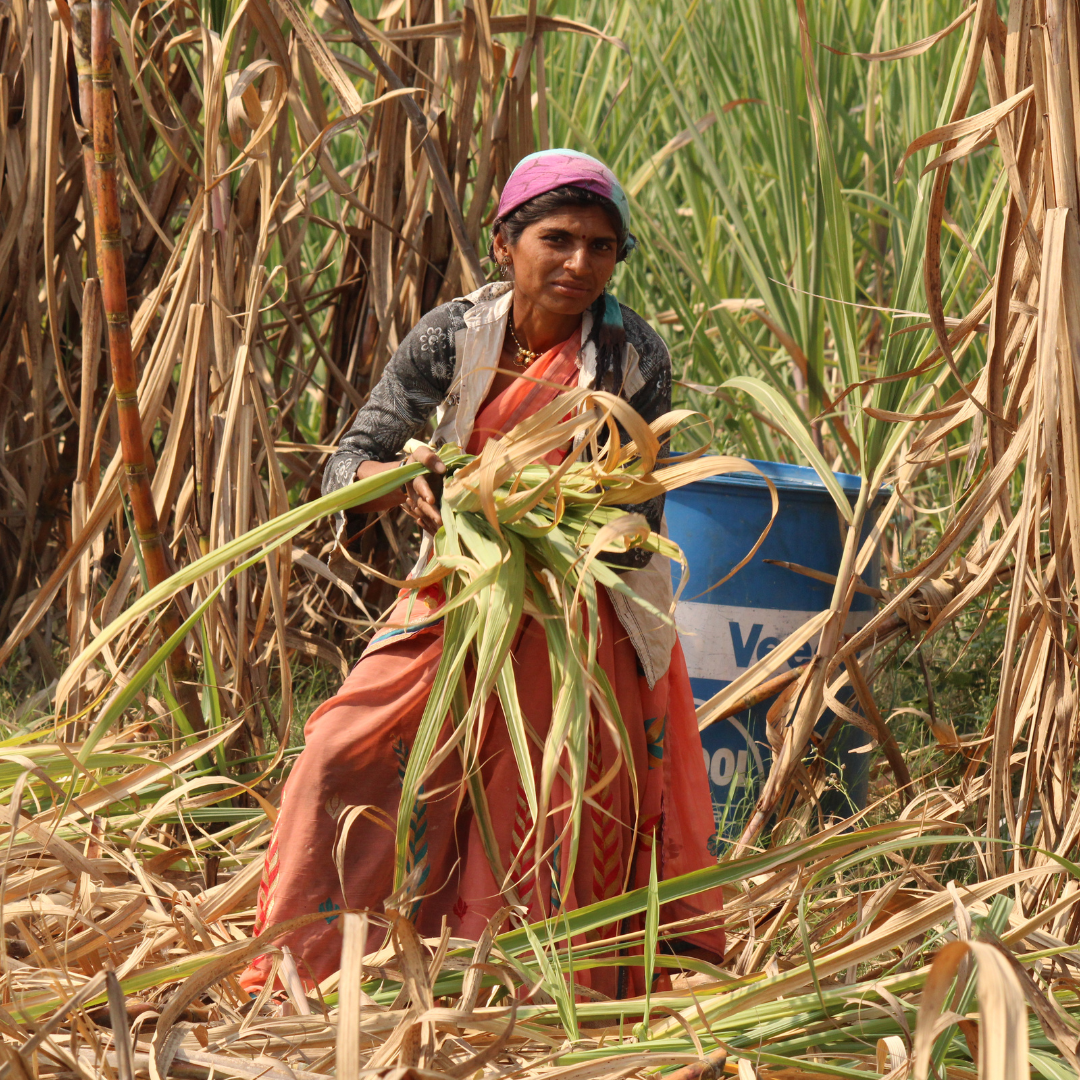

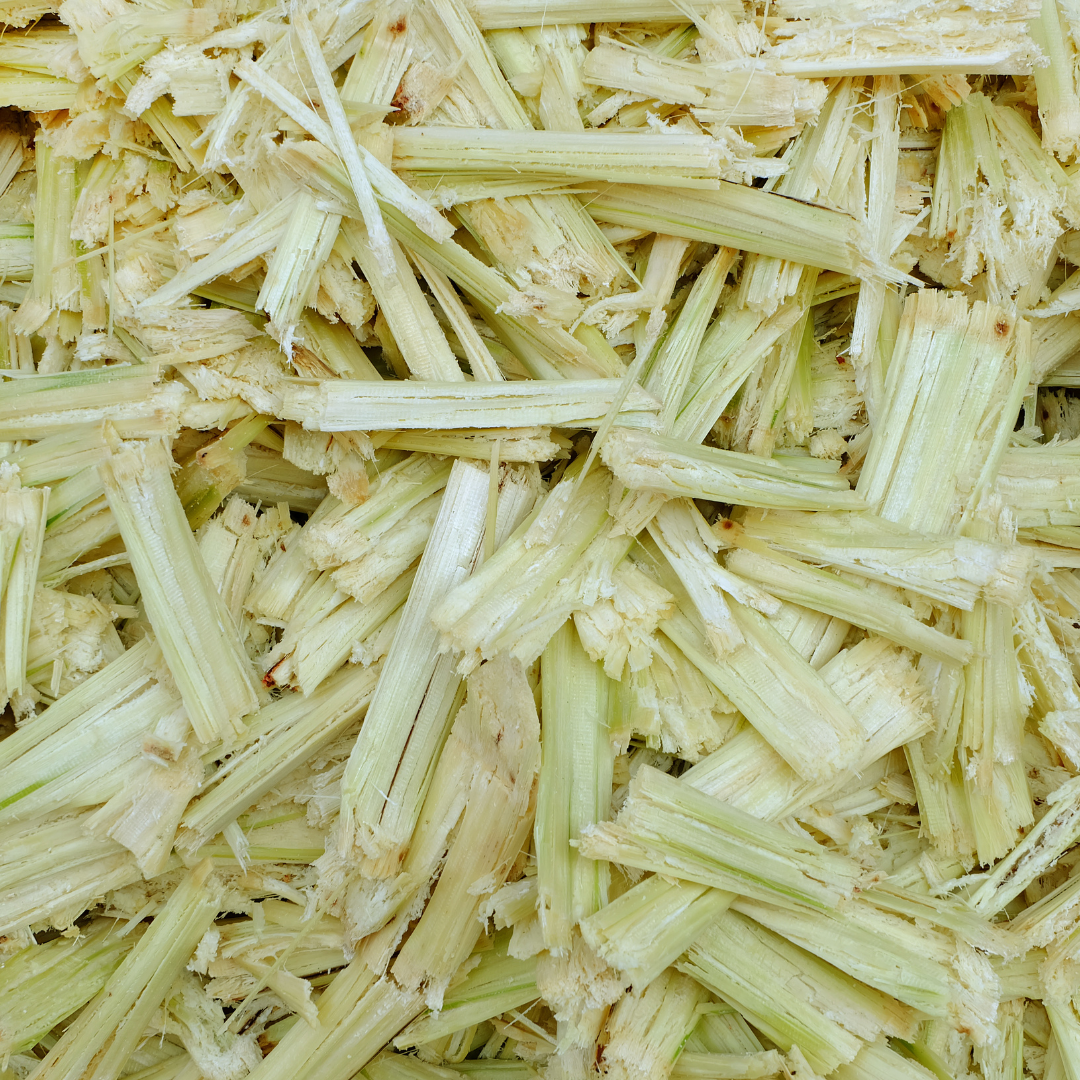


Why is Sugarcane Packaging So Popular
Sugarcane packaging is biodegradable and compostable. This means that when disposed of properly, it breaks down naturally and does not contribute to long-lasting pollution. In contrast, plastic can take hundreds of years to decompose.
One of the primary reasons for its popularity is its sustainability. Sugarcane is a renewable resource that regrows quickly after harvesting. Using bagasse, the fibrous residue from sugarcane processing, for packaging reduces the need for traditional materials like plastic and styrofoam, which are harmful to the environment.
As awareness of the environmental impact of plastic waste grows, individuals and businesses are actively seeking alternatives. Sugarcane packaging provides a viable and eco-friendly option to reduce plastic dependency.
Many governments and municipalities are implementing regulations to reduce single-use plastics and promote sustainable packaging. Sugarcane packaging aligns with these regulations and offers businesses a way to comply with eco-friendly packaging requirements.
Increasingly, consumers are favoring products that come in eco-friendly packaging. Businesses that use sugarcane packaging can attract environmentally-conscious consumers and enhance their brand image
Another significant advantage of sugarcane packaging is that it is safe for direct food contact. This makes it an excellent choice for food service applications like plates, bowls, and containers. Unlike some other packaging materials, sugarcane packaging doesn’t contain harmful chemicals or toxins that can leach into food. This safety aspect is particularly important for health-conscious consumers and businesses in the food industry who prioritize the well-being of their customers.
Sugarcane-based materials can be molded into various forms, making them suitable for a wide range of products such as food containers, plates, bowls, trays, and even packaging boxes. This versatility makes it a practical choice for both consumers and businesses.
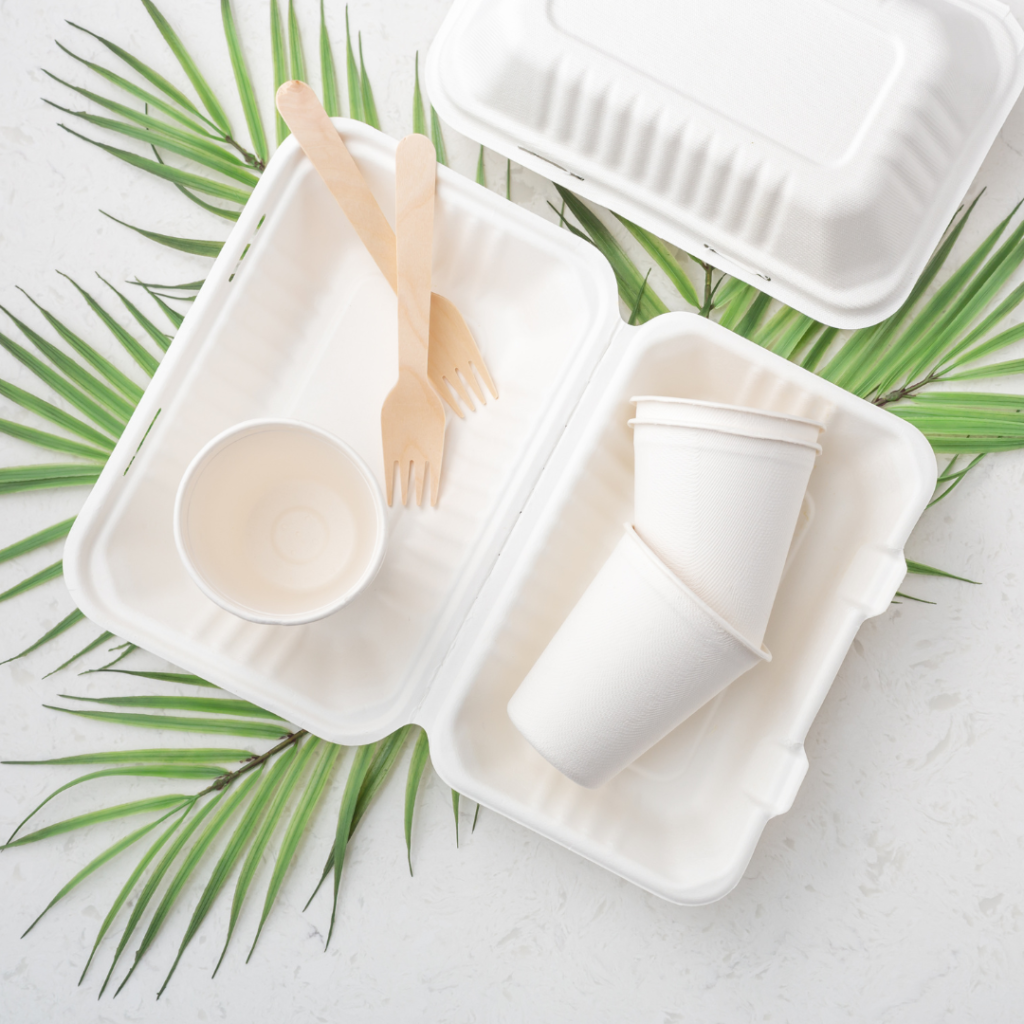
Benefits of Using Sugarcane Eco-Friendly Packaging
Sugarcane packaging presents a compelling alternative for businesses committed to sustainability and reducing their environmental impact. Derived from the fibrous residue of sugarcane processing, these products offer a sustainable and eco-friendly choice for disposable tableware. By opting for sugarcane bowls and plates, your foodservice establishment embraces a responsible approach to packaging. These materials are biodegradable and compostable, ensuring they leave no lasting ecological footprint.
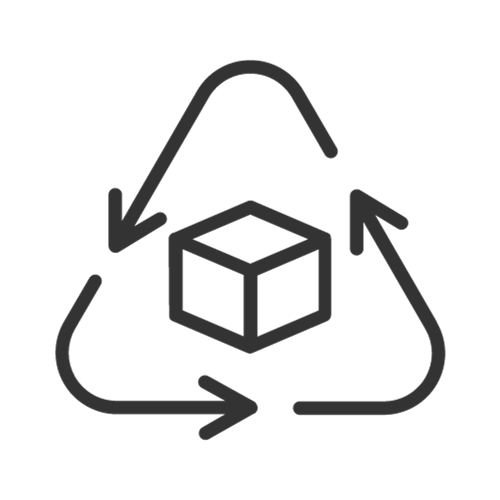
Environmental Sustainability
Sugarcane products are made from bagasse, a natural byproduct of sugarcane processing. By using this agricultural waste, you're diverting it from landfills and contributing to a more sustainable and eco-friendly packaging solution.
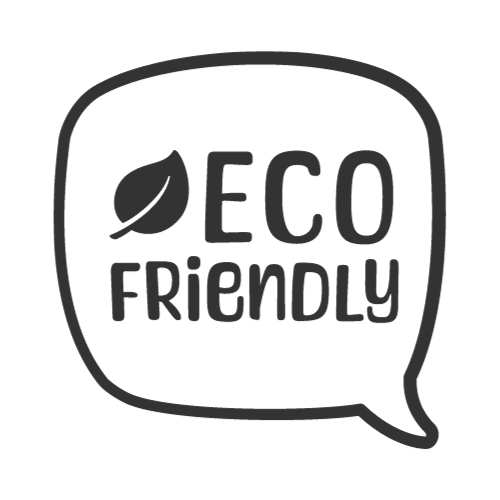
Biodegradability and Compostability
Sugarcane products are fully biodegradable and compostable. They break down naturally into organic matter, leaving no harmful residues or pollutants behind. This significantly reduces the environmental impact compared to non-biodegradable materials like plastic.

Safe for Food Contact
Sugarcane products are safe for direct food contact, making them an ideal choice for food service applications. They do not contain harmful chemicals or toxins that can leach into food, ensuring the safety and well-being of your customers.

Reduced Plastic Waste
Opting for sugarcane products helps reduce the demand for single-use plastics, which are a major contributor to global plastic pollution. It's an effective way to minimize your business's plastic footprint and support a cleaner, healthier environment.

Renewable Resource
Sugarcane is a rapidly renewable resource, with a harvest cycle of 12-24 months. This makes it a more sustainable option compared to materials like wood, which can take years to regrow.

Regulatory Compliance
Many regions and jurisdictions are implementing regulations and policies to reduce plastic waste and promote sustainable alternatives. Choosing sugarcane products helps your business align with these regulatory requirements.

Energy-Efficient Production
The production process for sugarcane products generally requires less energy compared to the manufacturing of plastic or styrofoam. This leads to a lower carbon footprint, contributing to a more sustainable production cycle.

Positive Brand Image
Choosing sugarcane products demonstrates your company's commitment to sustainability and environmental responsibility. This can enhance your brand's image and appeal to eco-conscious consumers who actively seek out businesses with environmentally-friendly practices.
How Sugarcane Eco-Friendly Packaging is Made
Sugarcane eco-friendly packaging is made through a relatively straightforward process that involves converting sugarcane fibers, known as bagasse, into usable products. Here’s a simplified step-by-step explanation
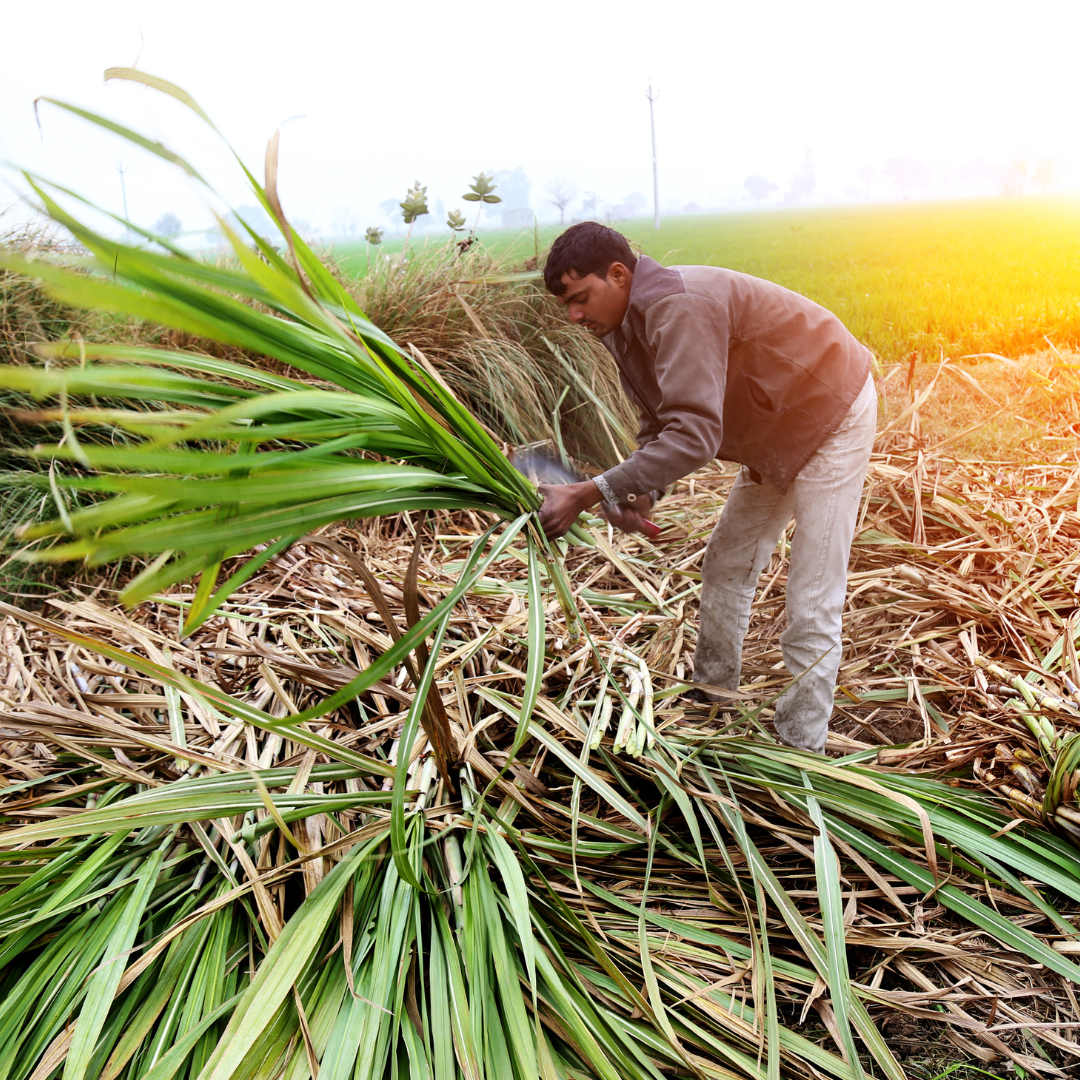
Harvesting and Extracting Juice
Sugarcane stalks are harvested for their juice, which is a primary source of sugar. The extraction process separates the juice from the fibrous pulp.

Bagasse Collection
After the juice is extracted, the leftover fibrous material, known as bagasse, is collected. This bagasse is typically considered waste in sugar production.

Cleaning and Processing
The collected bagasse undergoes cleaning and processing to remove impurities and any remaining sugar content. It is then dried to reduce moisture content.
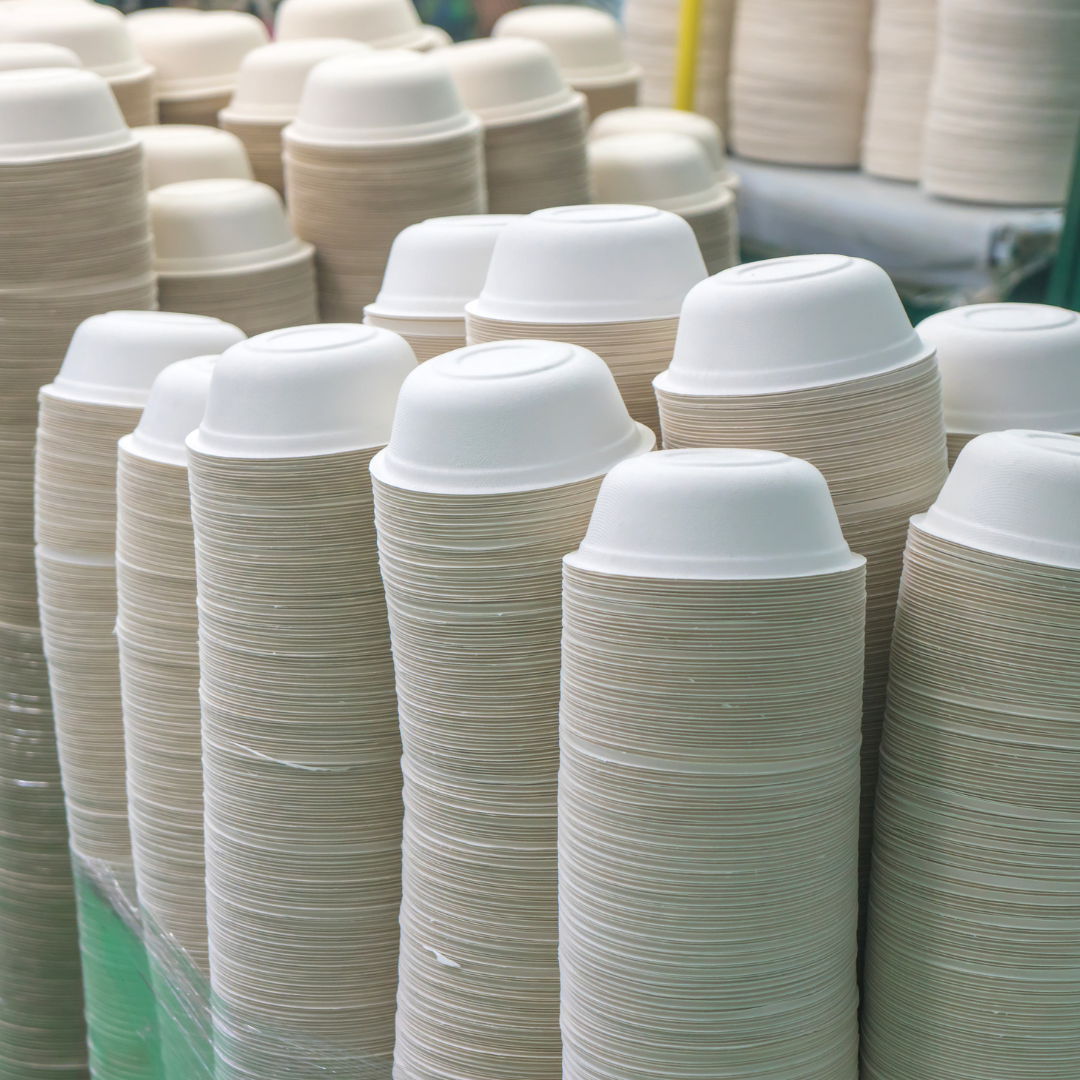
Molding and Shaping
The dried bagasse is transformed into a pulp, which is then molded into various forms, such as bowls, plates, trays, and other packaging items. This molding can be done using heat and pressure.
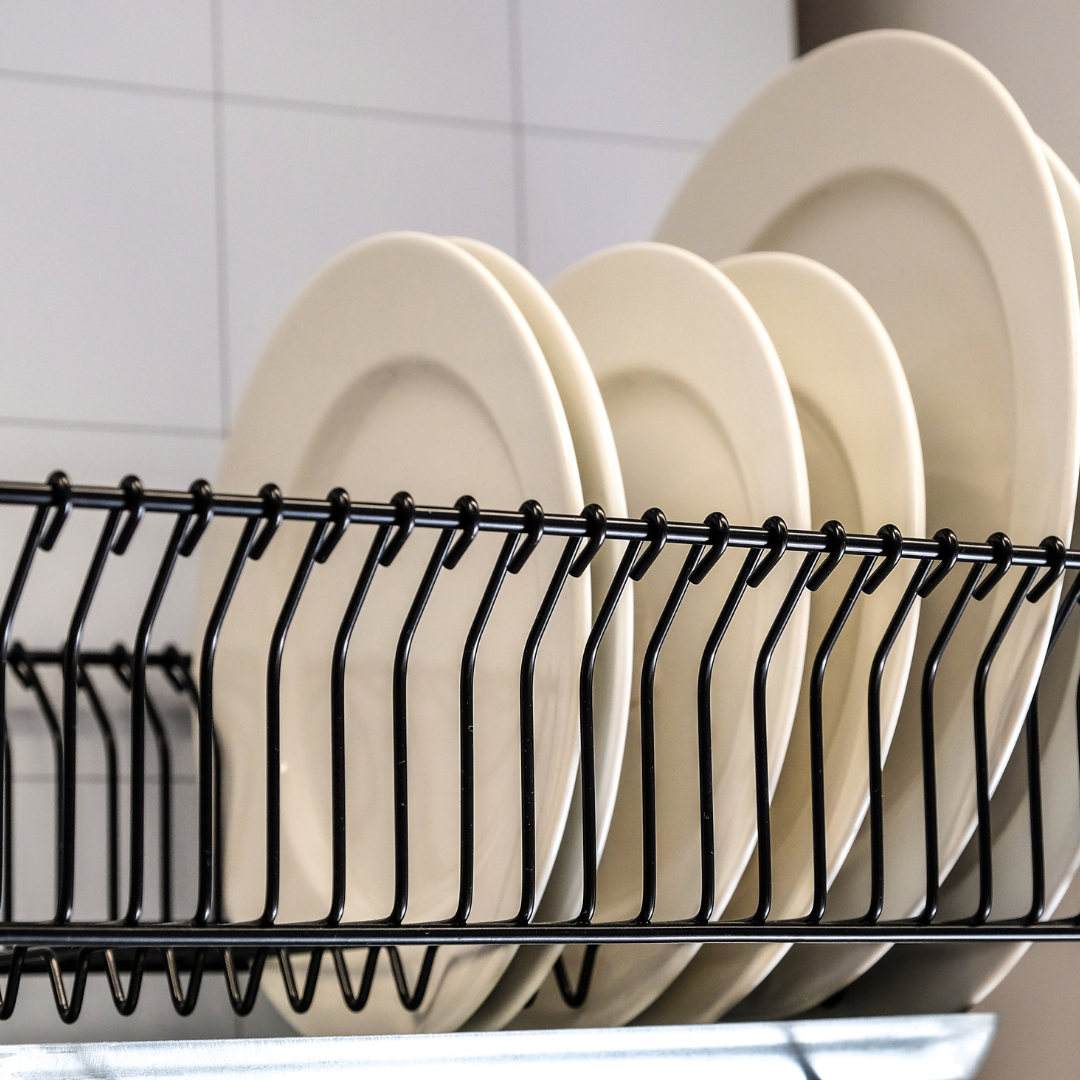
Drying and Curing
The molded products are dried to remove any remaining moisture. Depending on the specific manufacturing process, some products may also undergo a curing phase to enhance their strength and durability.
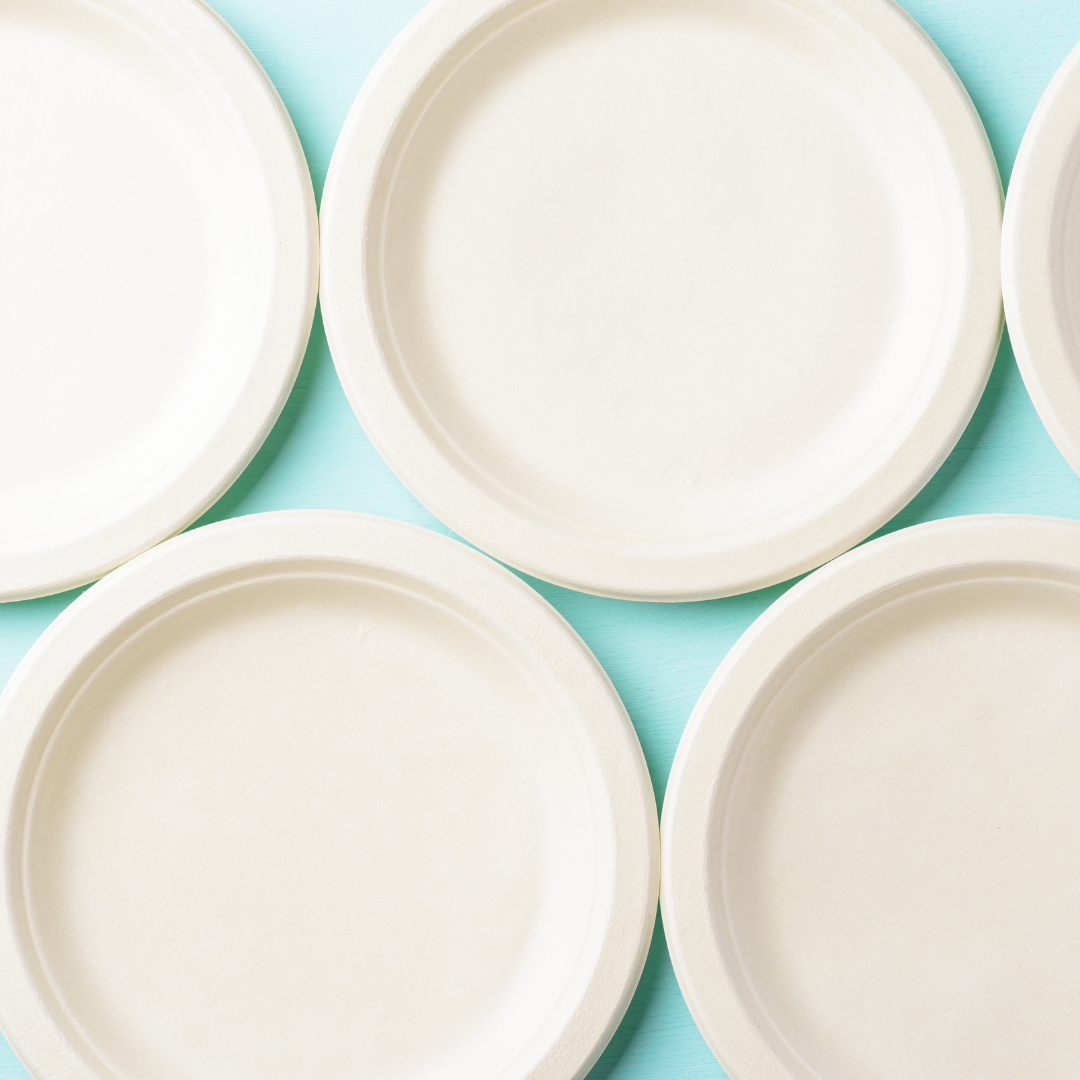
Quality Control
After drying, the sugarcane packaging products undergo quality control inspections to ensure they meet the required standards. Any defective or substandard products are discarded.

Packaging and Distribution
Once the sugarcane-based products are dried and cured, they are packaged and prepared for distribution to consumers, businesses, or industries that utilize eco-friendly packaging solutions.
The natural properties of sugarcane, including its fibrous composition and inherent strength, enable the production of robust and eco-friendly packaging solutions. The process of crafting sugarcane-based packaging is straightforward, environmentally conscious, and can generate economic benefits in regions where sugarcane is abundant. These products serve as a sustainable and biodegradable substitute for conventional disposable tableware typically manufactured from materials like plastic or styrofoam.
How Sugarcane Decomposes
When sugarcane or sugarcane-based products are disposed of in a suitable environment, microbial organisms like bacteria and fungi start to break down the organic matter.
Adequate moisture and oxygen levels are crucial for the decomposition process. Microbes require these elements to thrive and facilitate the breakdown of organic compounds.
Enzymes produced by these microbes work to break down complex organic molecules in the sugarcane material into simpler substances.
One of the main byproducts of decomposition is carbon dioxide. This is a natural part of the carbon cycle, where carbon from organic material is returned to the atmosphere.
Decomposition also releases essential nutrients back into the soil, enriching it and supporting the growth of other plants.
As the decomposition process progresses, the remaining organic matter transforms into a dark, nutrient-rich material called humus. Humus further enhances soil structure and fertility.
Who Buys Sugarcane Eco-Friendly Products?
Sugarcane eco-friendly products, including items like bowls, plates, and cutlery, cater to a diverse audience of individuals, businesses, and organizations deeply invested in environmental sustainability. These offerings serve as a commendable alternative to conventional disposable tableware crafted from materials like plastic or styrofoam. Below are key groups who may find value in procuring sugarcane eco-friendly products:
- Restaurants And Foodservice Businesses
- Event Planners
- Eco-Conscious Consumers
- Hotels and Resorts
- Caterers
- Corporate Offices
- Educational Institutions
- Non-Profit Organizations
- Food Trucks and Food Vendors
- Organic and Specialty Food Stores
Restaurants and Foodservice Businesses

Restaurants, cafes, catering services, and food vendors often opt for sugarcane-based packaging for serving food. This includes bowls, plates, trays, and cutlery.
Event Planners

Companies or individuals organizing events like weddings, parties, conferences, and festivals may choose sugarcane products for their disposable tableware needs.
Eco-Conscious Consumers

Individual consumers who prioritize sustainability and eco-friendliness in their purchasing decisions may actively seek out sugarcane-based products for personal use.
Hotels and Resorts

The hospitality industry, especially hotels and resorts with a focus on eco-tourism and sustainable practices, may choose sugarcane-based products for their food service offerings.
Caterers

Professionals in the catering and event planning industry often prefer sugarcane products for their events due to their eco-friendly nature and versatility.
Corporate Offices

Companies committed to sustainability and eco-conscious practices may choose sugarcane products for their office cafeterias or events to align with their environmental goals.
Educational Institutions

Schools, colleges, and universities may choose sugarcane products for their cafeterias and events to promote environmental awareness among students and staff.
Non-Profit Organizations

Non-profit organizations focused on environmental conservation and sustainability may use sugarcane products for their events, workshops, and initiatives to showcase their commitment to eco-friendly practices.
Food Trucks and Food Vendors

Mobile food vendors and food trucks can benefit from sugarcane products as a sustainable and eco-friendly option for serving meals on the go.
Organic and Specialty Food Stores

Specialty stores, supermarkets, and retailers with a focus on eco-friendly and sustainable products may stock sugarcane-based items for consumers looking for sustainable alternatives to traditional disposable tableware.
Frequently Asked Questions
Sugarcane packaging, also known as bagasse packaging, is a type of eco-friendly packaging material made from the fibrous residue left over after sugarcane stalks are crushed to extract their juice. This residue, known as bagasse, is typically considered waste in the sugar production process. However, it can be repurposed to create a variety of products, including packaging materials.
Here are some key characteristics of sugarcane packaging:
Eco-Friendly: Sugarcane packaging is considered environmentally sustainable because it is biodegradable and compostable. This means it can naturally break down without leaving harmful residues or contributing to pollution.
Renewable Resource: Sugarcane is a fast-growing plant, making it a readily available and sustainable source for packaging materials. This contrasts with non-renewable resources like petroleum-based plastics.
Versatility: Bagasse can be molded into different forms, including containers, plates, bowls, and even packaging boxes. This versatility makes it suitable for various applications in both food and non-food industries.
Durable: Sugarcane packaging exhibits good structural integrity and can withstand exposure to liquids and hot temperatures. This makes it a reliable choice for various packaging needs.
Reduces Plastic Dependency: Opting for sugarcane packaging helps decrease the reliance on single-use plastics, which are detrimental to the environment.
Supports Circular Economy: By utilizing bagasse, sugarcane packaging promotes the concept of a circular economy by repurposing agricultural waste into valuable products, reducing waste and conserving resources.
Under ideal conditions, sugarcane packaging can decompose within a range of approximately 30 days to 6 months.
To purchase sugarcane packaging, you have a few options. You can visit our website, “Goodbye Plastic,” where you’ll find a range of sugarcane-based products. Simply browse through the selection, choose the items you need, and follow the prompts to complete your purchase.
Alternatively, you can also find our products on our Amazon store. Just search for our store or the specific products you’re interested in, and you’ll be able to add them to your cart and proceed with the checkout process.
Yes, sugarcane packaging is versatile and suitable for both hot and cold foods. Its natural properties, including good insulation and resistance to heat, make it an excellent choice for packaging a wide range of food items.
For hot food:
- Sugarcane packaging can withstand elevated temperatures, making it suitable for serving hot dishes such as soups, stews, and hot entrees. It provides good insulation, helping to keep the food warm.
For cold food:
- Sugarcane packaging is also suitable for cold foods like salads, sandwiches, and chilled desserts. It does not lose its structural integrity or become soggy when in contact with moisture.
The cost of sugarcane packaging can vary depending on factors like location, production scale, and specific product types. While it may be comparable or slightly higher in some cases, the environmental benefits often outweigh the cost difference for businesses committed to sustainability.
Sugarcane packaging can be molded into a wide range of products, including plates, bowls, trays, containers, and even packaging boxes.
Sustainability Solutions Magazine
Stay at the forefront of eco-friendly innovations and practices, empowering your role as an Eco-Friendly Sustainability Manager.
